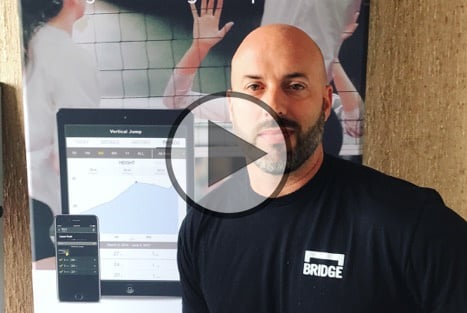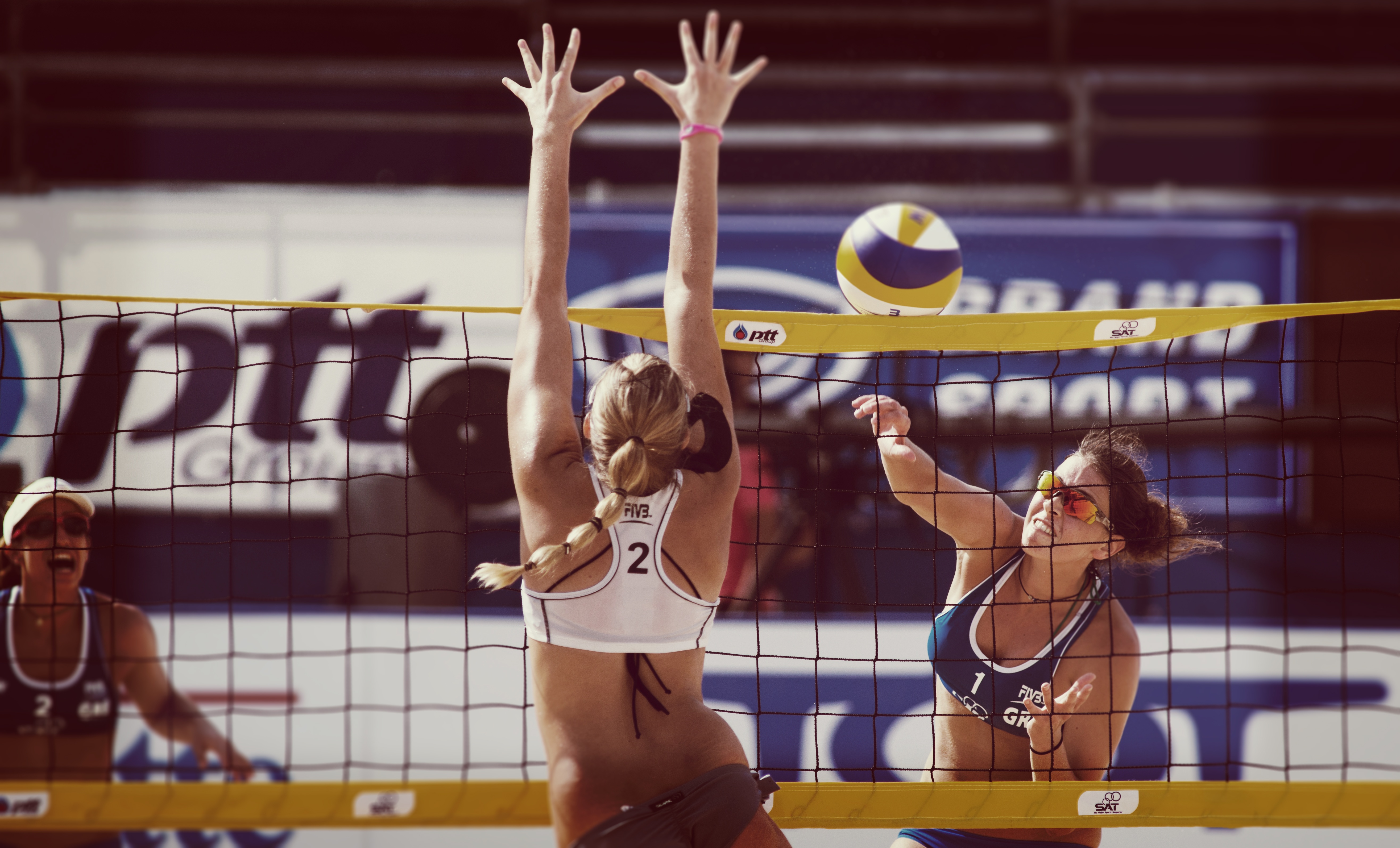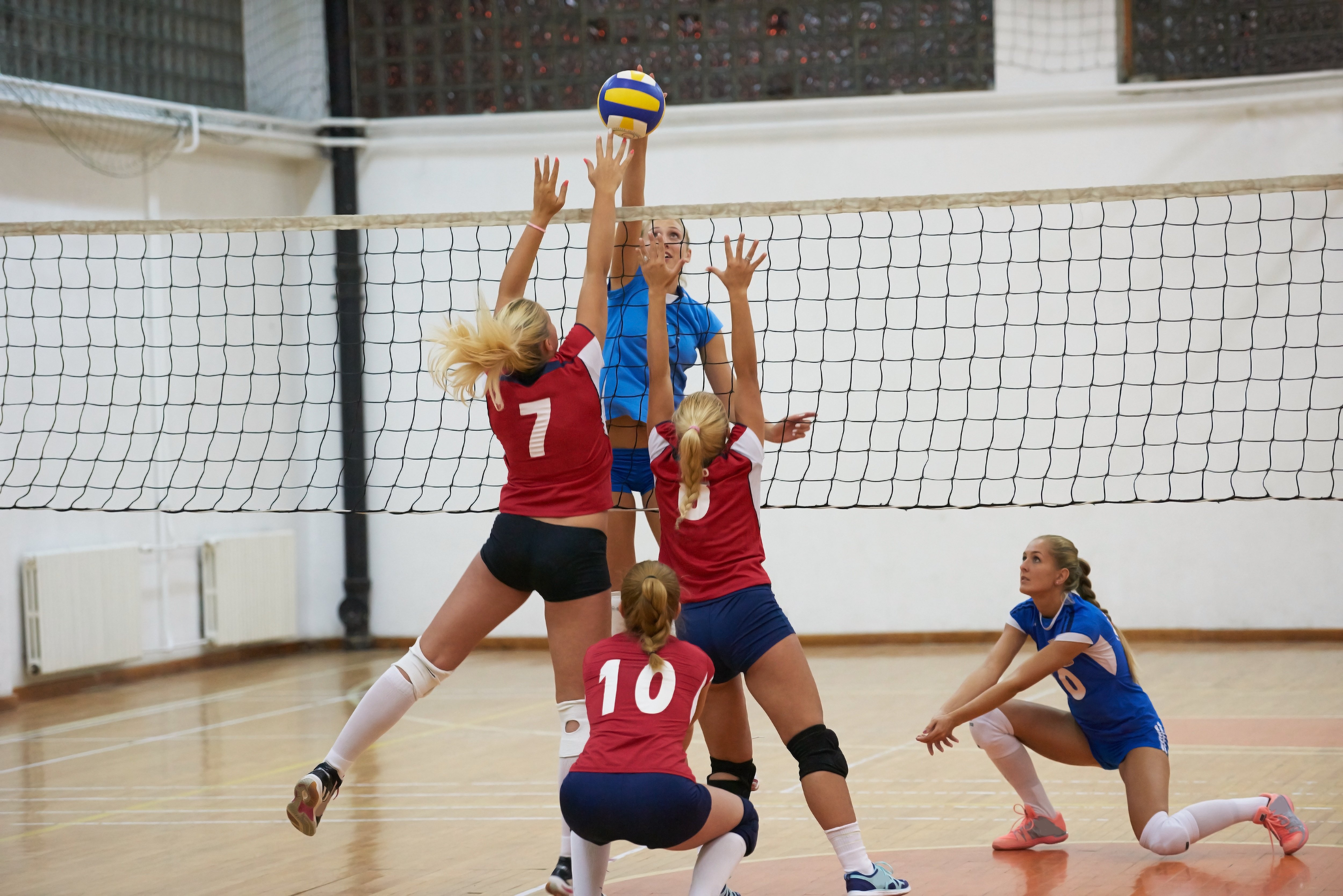Mental Resetting in Competition

Volleyball Psychology: Being mentally ready happens even before you step on the court
With the season in full swing and Junior Nationals upon us it is vital to cover all your bases to give your team the best chance at winning. This is where competition ramps up and each point is vital. The mental aspects and demands upon a player and team quickly accumulate in high pressure moments.
Throughout a game, execution mistakes may often happen, but having them turn into mental mistakes is devastating. These mental mistakes can lead to rhythm changes, momentum shifts, and possible compounding errors which can quickly lead to a loss that may cost you the game or a title. This can all be avoided with a couple of quick, in the moment mental adjustments to stave off compounding mental errors.
These quick adjustments, which I call “Resets”, actually start before you even step on the court or into competition. To be able to quickly make a mental adjustment in the middle of a match, you must first enter the match with a clear understanding of what happens to your team or specific individuals in moments when your team starts to falter. Does the team or individual tense up? Go quiet? Get too angry and upset? Or become overly fearful and timid? The greatest athletes and teams are able to overcome these moments. The crucial part of Resetting is having team awareness of what happens in these critical moments.
Team Awareness is the first step in Resetting.
Resets Defined
The most important thing about Resets is that they need to be quick, specific, short, clear, and powerful. Resetting can be implemented individually or as a team. Every team in volleyball habitually comes together in a short and quick huddle between points. This is the perfect time to insert a Team Reset.
Why Resets?
Much like a computer, our brains work on neural pathways and connections. When your computer (brain) is bogged down with too many applications (distracting thoughts), your efficiency to perform tasks (motor planning and executive functioning) become compromised, which often results in errors. Here are common distracting thoughts your team or individuals on your team may experience when things aren’t going well.
We can’t come back, what should I do? Who is watching? Is my team upset with me? I can’t miss this serve, don’t hit it out, just get it in, don’t let my team down. These negative thoughts are common and often occur. Firstly, do not freak out. These thoughts can be normal reactions to a stressful state; however, not doing anything about these thoughts is self-defeating and a losing mindset.
When your computer (brain) is rebooted and Reset everything runs smoother and more efficiently. So let’s get to how we Reset.
Reset Steps
Communicate: As a team it is important to come together to have an open conversation about what happens when the team is losing and things on the court are flat or negative. Sketch out the primary thoughts and emotions that are going on. Get an overall consensus as a team.
Cue Words/Self Talk: Establish your cue words that you will use in the moment to Reset and get you back in the game. These words should infuse an opposite effect from the feelings or thoughts that occur when you are out of flow and system. They should be short, specific, direct, impactful, and powerful statements or words that resonate best with your team.
Be creative: pass the ball, move your feet, right now, be aggressive, attack, dig deep, let it go, just one play, let’s go, or nice and easy, one point at a time.
Acknowledge your mistake or mental mindset even if it is negative. Mistakes happen, negative thoughts seep in. It is your job to have heightened awareness on it so you can change it or move on. Without acknowledgement, you allow negativity to continue. Some refer to acknowledgement as being mindful.
Diaphragmatic Breathing: Breathe in through the nose for a 6-10 count and back down 6-10 count, making your exhale 2-3 counts longer than your inhale. Try to practice this for 5-6 minutes. Clear the mind, relax the nervous system. This can be done after practice or before. In competition, this is 1 or 2 deep belly breaths, while incorporating your Reset or Cue word (step 2). There is much more to diaphragmatic breathing, but this is a start.
Introduce a Visualization: Set your intention and focus here. Visualization is an art and takes practice, but as a player see if you can reset by putting your focus on visualizing right technique and right action. In the moment, see the serve, pass, block, or shot the way you practiced it over and over. Take a deep breath, then take a quick visual snapshot on the execution in your head and then go without thinking on it anymore.
Posture: Project a winning, positive posture, head up, chest out, NOT deflated or head down. 90% of communication is nonverbal. Poor body language tells everything. A good sign of a mentally strong team is one in which you cannot tell that they are losing even though they could be down big. It is one thing to feel defeated or negative, but you can chose not to show it on the court. Often, negative body language is seen as one of the most self-defeating forms of communication. Players, coaches, and parents all should be mindful. A simple look of disgust can be crushing.
Key Takeaways
It starts with your breath (1 to 2 deep belly breaths), assess the situation, and pull from your grab bag of above listed strategies. Use 1, 2 or all of them. Feel out what you need. Then implement. You may ask “how do you have time for all this in the moment. Let’s remember the brain is fast. How fast? Research has shown that the brain processes 20 billion bits of information every second and can process an image in just 13 milliseconds. So, yes, you have time between plays to acknowledge, breathe, talk, visualize, posture and RESET .
The important thing to take away is that RESETING takes practice in your mental preparation well before you even step on the court. It’s important to incorporate these strategies consistently, practice your breathing and make them a part of your game in practice so it’s an unconscious reaction in the heat of the game.
About the Author:
Ami is a licensed mental health clinician and specializes in sport psychology. He focuses on the whole athlete, on and off the court. He uses a full range of techniques in cognitive-behavioral, goal-oriented, and mindfulness practices to craft the whole athlete.
Exercises such as self-awareness coaching, visualization, motivational imagery, deep diaphragmatic breathing and positive self-talk are key elements to his approach. His proficiency in assessment, intuition and a deep respect for the body/mind connection drive his methods. His continued participation in beach volleyball, mountain biking, skiing, hiking, surfing, and yoga keeps him connected to sports and competition.
Ami Strutin-Belinoff, M.A., LMFT
Mental Peak Performance Training
Phone: (310) 804-7553
Website: www.atrainpeakperformance.com
Facebook: www.facebook.com/amistrutinbelinoff/
About the Author

Ami is a licensed mental health clinician and specializes in sport psychology. He focuses on the whole athlete, on and off the court. He uses a full range of techniques in cognitive-behavioral, goal-oriented, and mindfulness practices to craft the whole athlete. Exercises such as self-awareness coaching, visualization, motivational imagery, deep diaphragmatic breathing and positive self-talk are key elements to his approach. His proficiency in assessment, intuition and a deep respect for the body/mind connection drive his methods. His continued participation in beach volleyball, mountain biking, skiing, hiking, surfing, and yoga keeps him connected to sports and competition.
Related Posts

The Formula for Individualized Training
With over 18 years of experience coaching youth, high school, collegiate, Olympic, and...

Beach Volleyball: 3 R’s to Keep Up With...
At this point in the season you are in full swing of your beach season. In our previous...

Increase Agility, Power, and Speed...
A large factor in achieving success in volleyball is the ability to quickly react to situations on...


